Swiss Chard Seed Care: How To Plant Swiss Chard Seeds
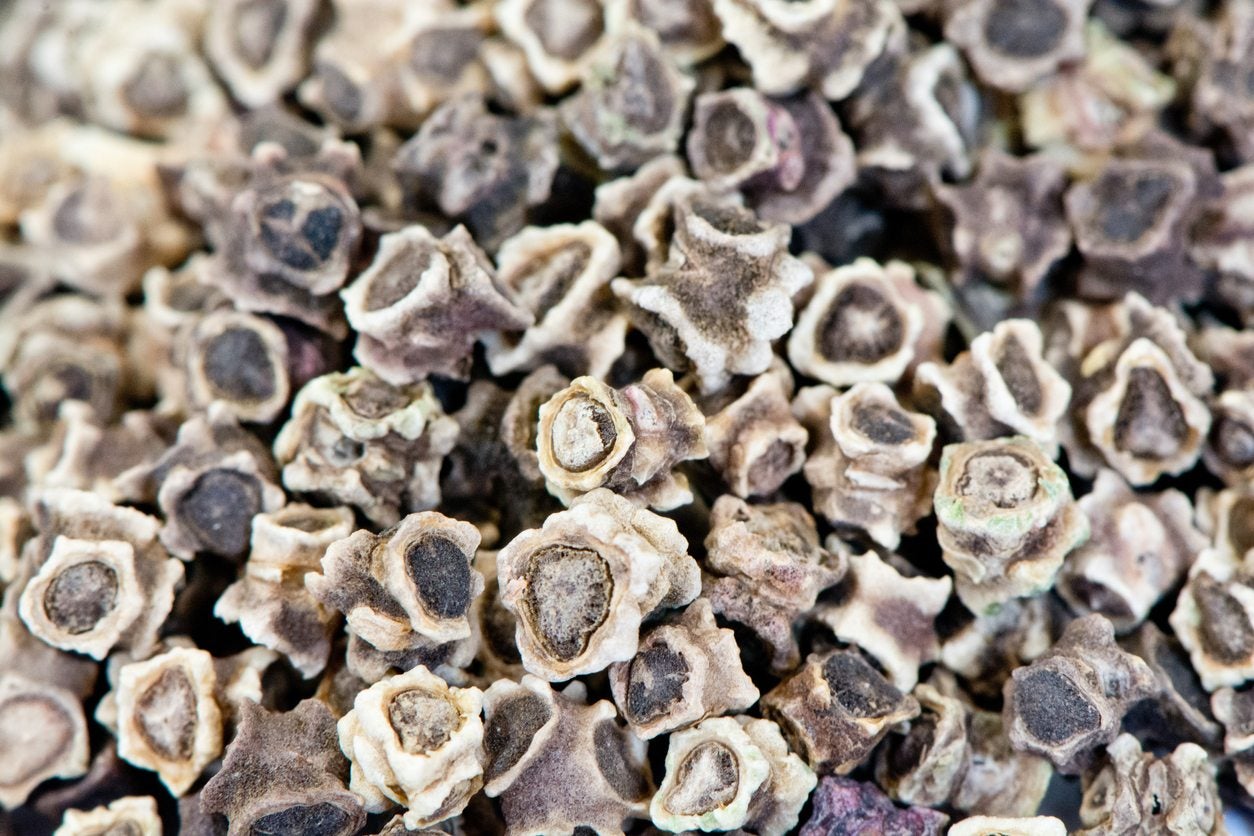

Swiss chard should be a staple of any vegetable garden. Nutritious and tasty, it comes in a range of vibrant colors that make it worth growing even if you don’t plan on eating it. It’s also a cold weather biennial, which means it can be started early in the spring and counted on not to bolt (usually) in the heat of summer. Keep reading to learn more about Swiss chard seed care and when to sow Swiss chard seeds.
When to Sow Swiss Chard Seeds
Swiss chard seeds are special in that they can germinate in relatively cold soil, as low as 50 degrees F. (10 C.). Swiss chard plants are somewhat frost hardy, so the seeds can be sown outside directly in the soil about two weeks before the average last frost date of spring. If you want to get a head start, however, you can start them indoors three to four weeks before the last frost date in your area. Swiss chard is also a popular fall crop. If growing Swiss chard seeds in the fall, start them about ten weeks before the average first autumn frost date. You can sow them directly in the soil or start them indoors and transplant them out when they are at least four weeks old.
How to Plant Swiss Chard Seeds
Growing Swiss chard from seed is very easy and germination rates are usually fairly high. You can get your seeds to perform even better, however, by soaking them in water for 15 minutes immediately before sowing. Plant your Swiss chard seeds at a depth of ½ inch (1 cm) in rich, loosened, moist soil. If you’re starting your seeds indoors, plant the seeds in a flat bed of individual seed plugs with two to three seeds in each plug. Once the seeds have sprouted, thin them to one seedling per plug. Transplant them out when they’re 2 to 3 inches (5-8 cm.) tall. If you’re planting directly in the soil, plant your seeds 3 inches (8 cm.) apart. When the seedlings get to be several inches (8 cm.) tall, thin them to one plant every 12 inches (31 cm.). You can use the thinned seedlings as salad greens.
Gardening tips, videos, info and more delivered right to your inbox!
Sign up for the Gardening Know How newsletter today and receive a free copy of our e-book "How to Grow Delicious Tomatoes".

The only child of a horticulturist and an English teacher, Liz Baessler was destined to become a gardening editor. She has been with Gardening Know how since 2015, and a Senior Editor since 2020. She holds a BA in English from Brandeis University and an MA in English from the University of Geneva, Switzerland. After years of gardening in containers and community garden plots, she finally has a backyard of her own, which she is systematically filling with vegetables and flowers.
-
 Looking For Plants To Give You The Soft And Fuzzies? Try These 5 Fuzzy Leaf Plant Options
Looking For Plants To Give You The Soft And Fuzzies? Try These 5 Fuzzy Leaf Plant OptionsLovers of texture, drama, silver foliage and tactile plants will adore these special sensory garden additions. These fuzzy leaf plant options will leave you all aglow
By Susan Albert
-
 Get Ready For A Summer Of Hummers! Grow These Full Sun Hummingbird Plants and Flowers
Get Ready For A Summer Of Hummers! Grow These Full Sun Hummingbird Plants and FlowersIf you’re lucky enough to enjoy a sunny backyard, make sure you are maxing out on your pollinator opportunities and grow these full sun hummingbird plants and flowers
By Tonya Barnett
-
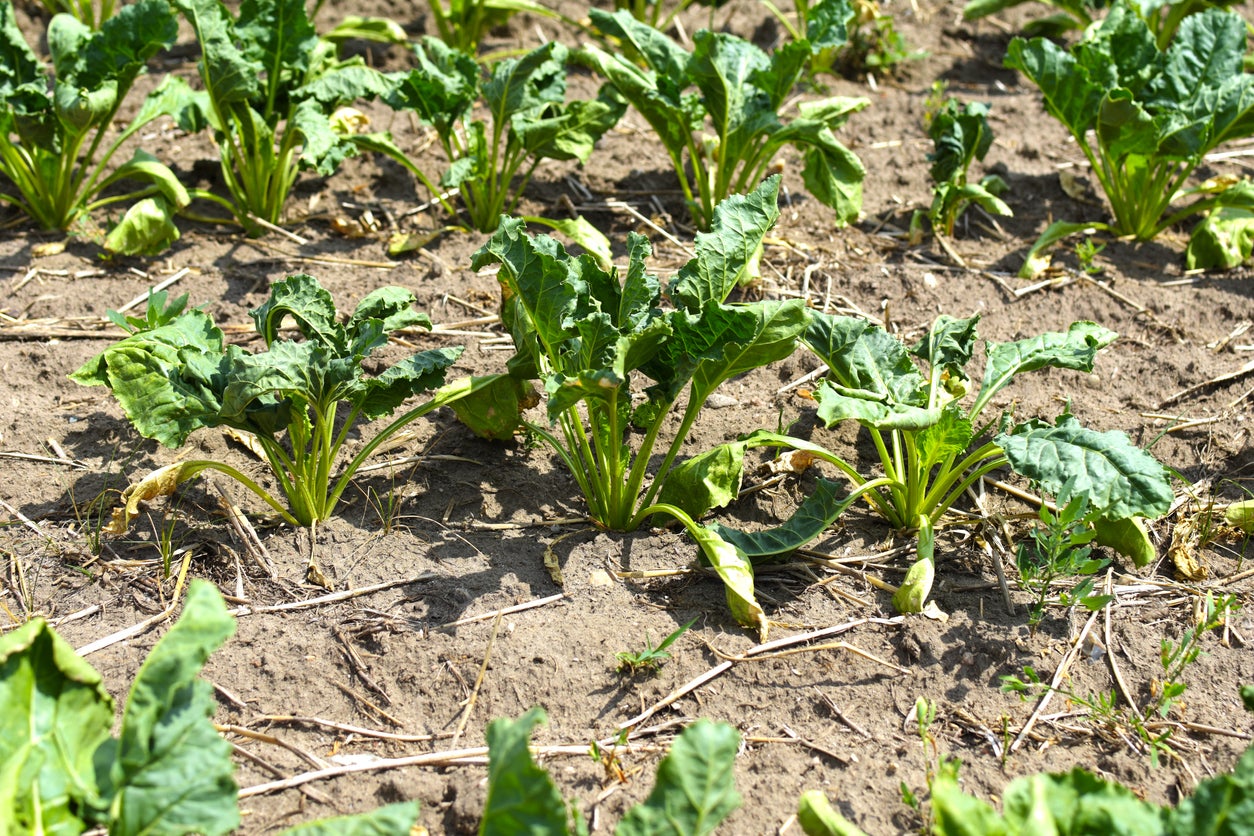 Wilting Swiss Chard Plants: Why Is My Swiss Chard Wilting
Wilting Swiss Chard Plants: Why Is My Swiss Chard WiltingSwiss chard is a great garden plant that's easy to grow and get a lot of success from, but like anything, it's not a guarantee. Sometimes you hit a snag, like wilting. Wilting is actually a really common problem, but it only has a few causes. Learn more here.
By Kristi Waterworth
-
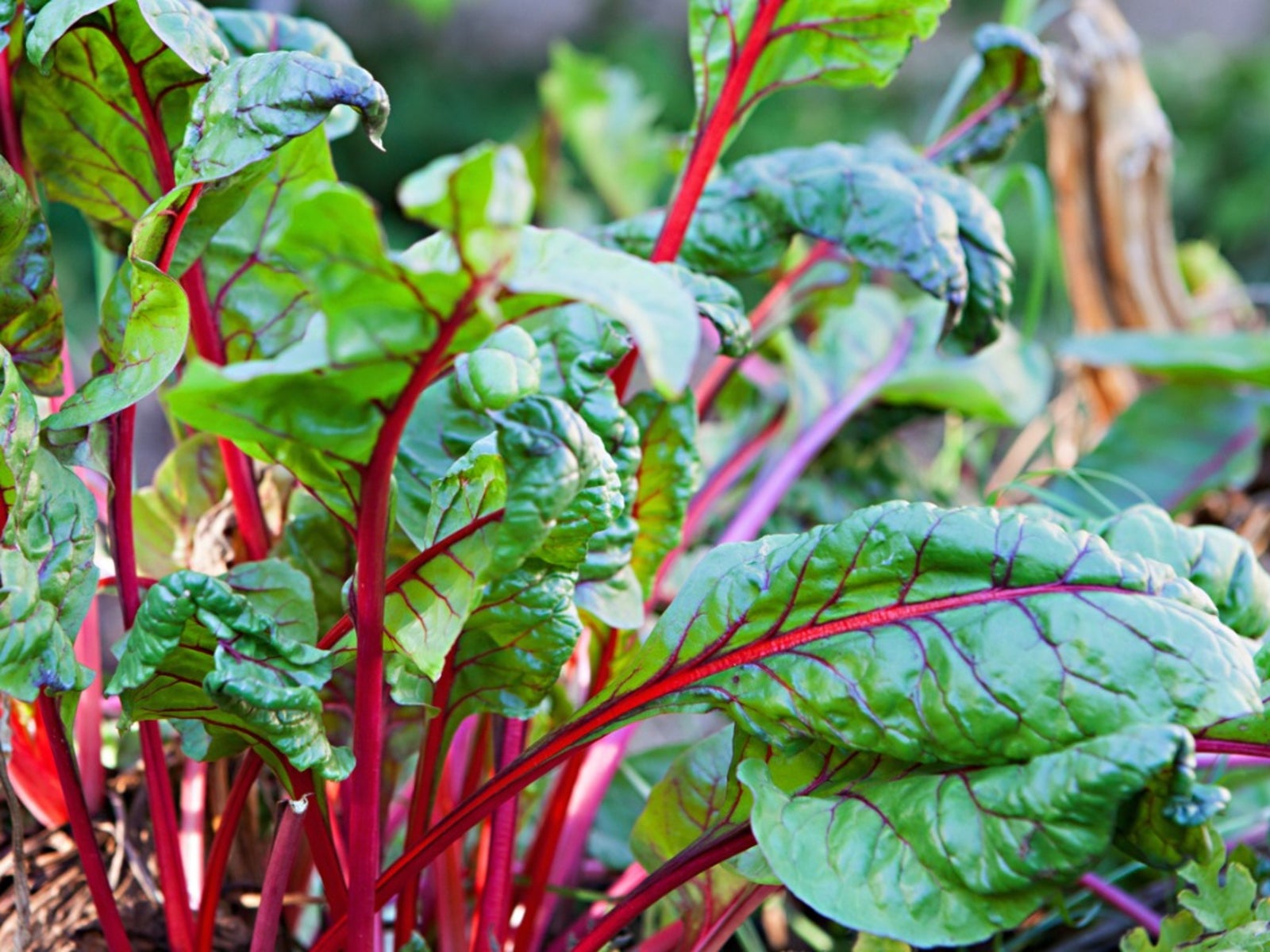 Why Did My Chard Bolt: What To Do With Bolted Chard Plants
Why Did My Chard Bolt: What To Do With Bolted Chard PlantsChard is a great addition to any vegetable garden. Not only is it pretty, but the leaves are tasty, versatile, and very good for you. Grown in the cooler seasons, chard typically won't bolt in summer. If you do have bolting chard plants, all is not lost. Learn more here.
By Mary Ellen Ellis
-
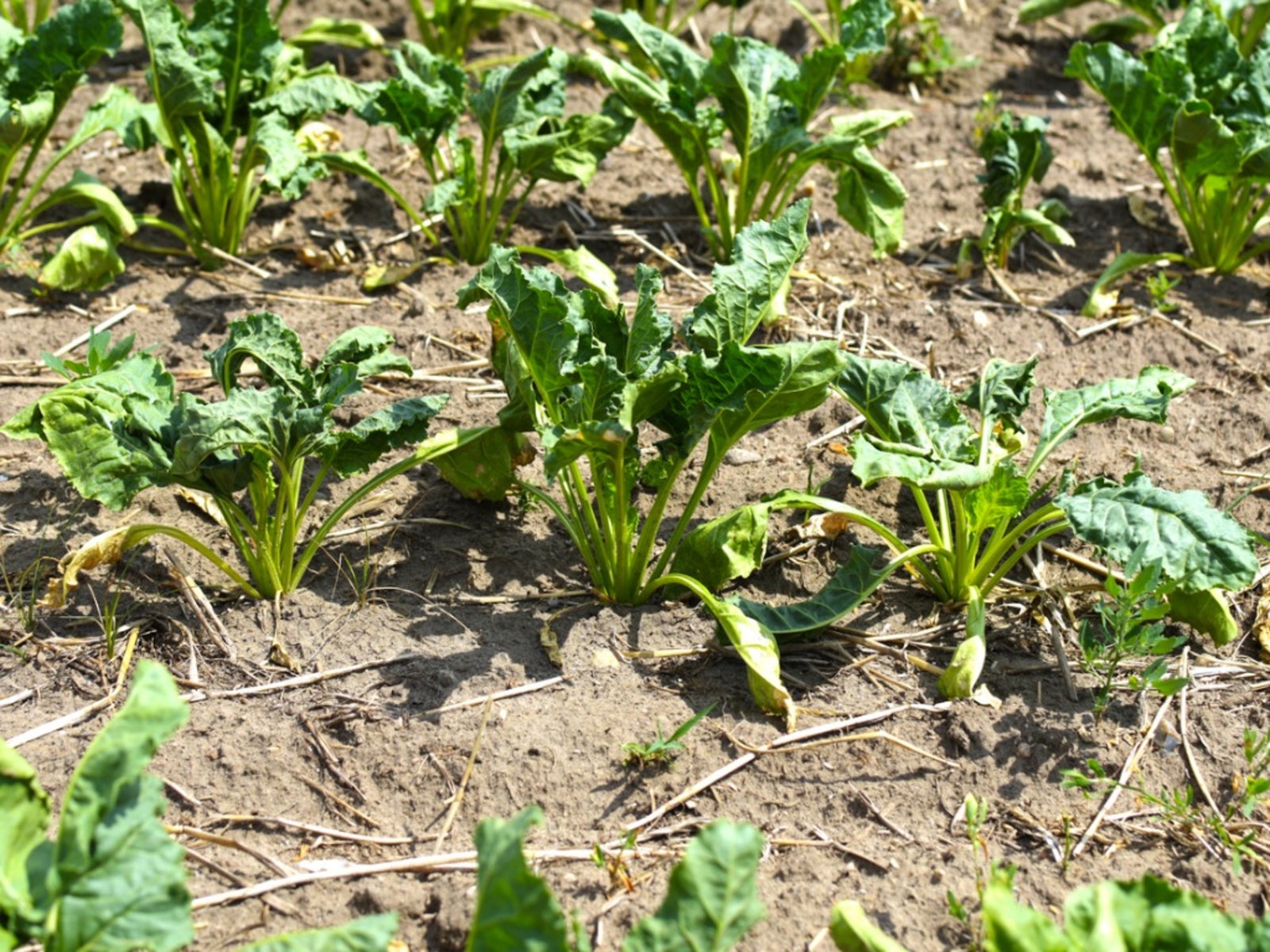 Sick Swiss Chard Plants: Identifying Signs Of Swiss Chard Disease
Sick Swiss Chard Plants: Identifying Signs Of Swiss Chard DiseaseSwiss chard diseases are not numerous, but just one of them can wipe out your crop for the year. But, if you know about these diseases and pests, you can take steps to prevent or treat them and save your harvest. Learn more in this article.
By Mary Ellen Ellis
-
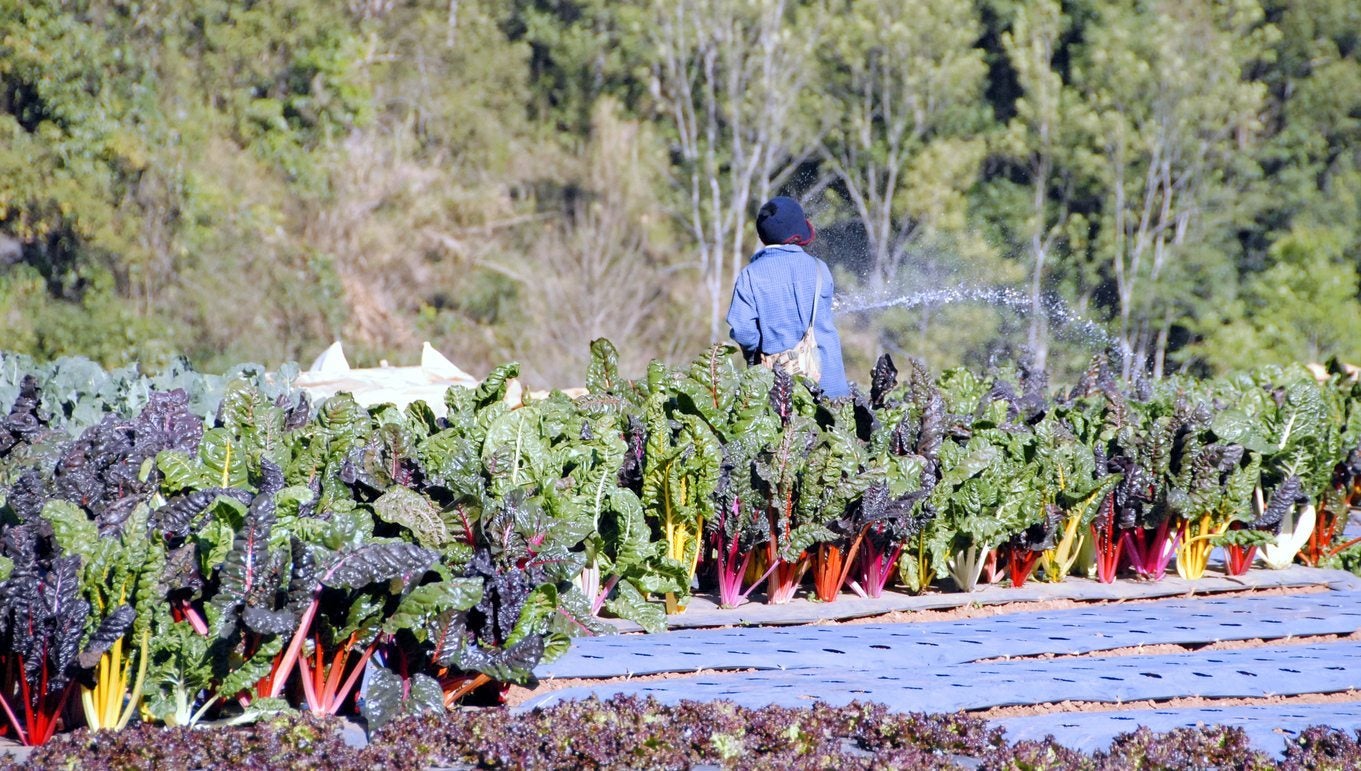 Cold Hardy Swiss Chard – Can Swiss Chard Grow In Winter
Cold Hardy Swiss Chard – Can Swiss Chard Grow In WinterSwiss chard not only grows well in the hot temperatures of summer, but it also tolerates frost. In fact, chard may actually taste better when it?s grown in cold weather. Click this article for information on caring for Swiss chard in winter.
By Ilana Goldowitz Jimenez
-
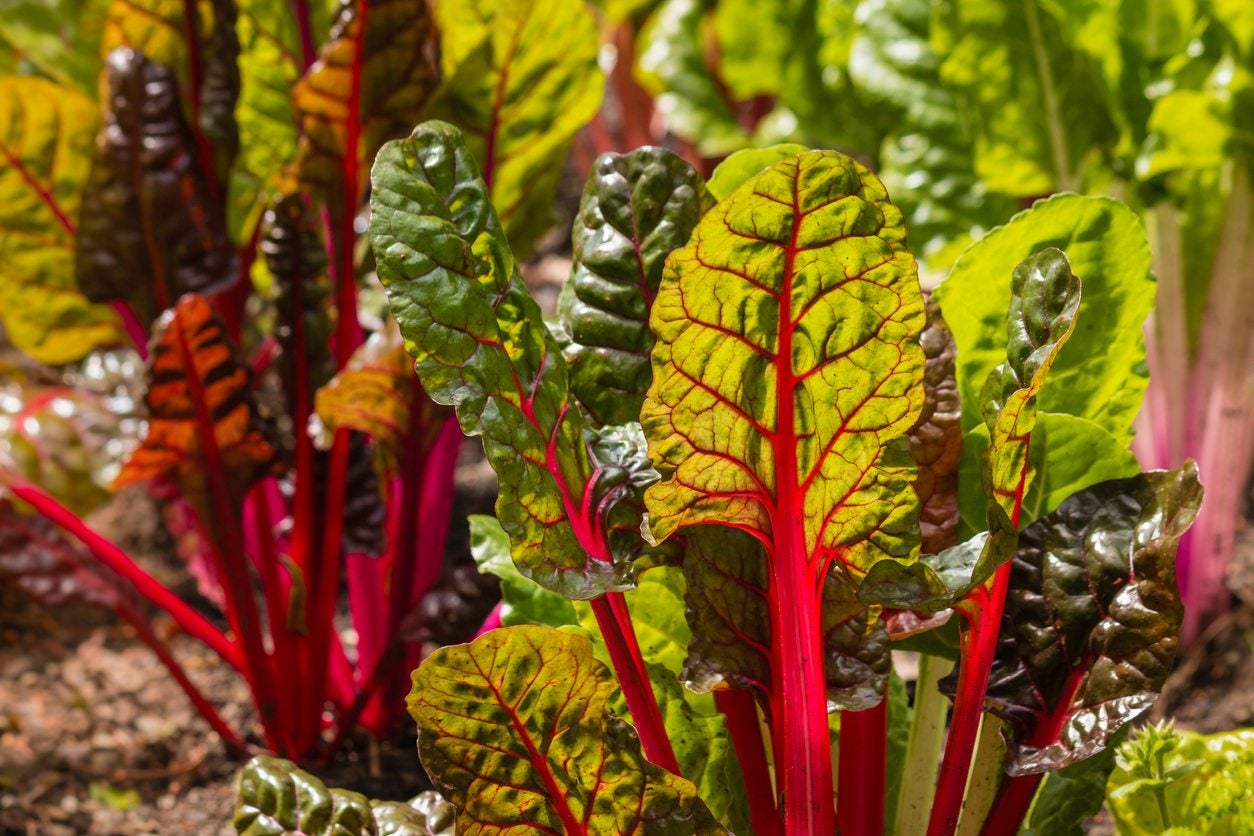 Swiss Chard Fall Planting: When To Plant Chard In Autumn
Swiss Chard Fall Planting: When To Plant Chard In AutumnGrowing Swiss chard in autumn allows you to get a final harvest since it is a cool season plant. In order to successfully get a harvest before the freezing weather comes, you have to know when to plant chard in autumn. This article will help with that.
By Bonnie L. Grant
-
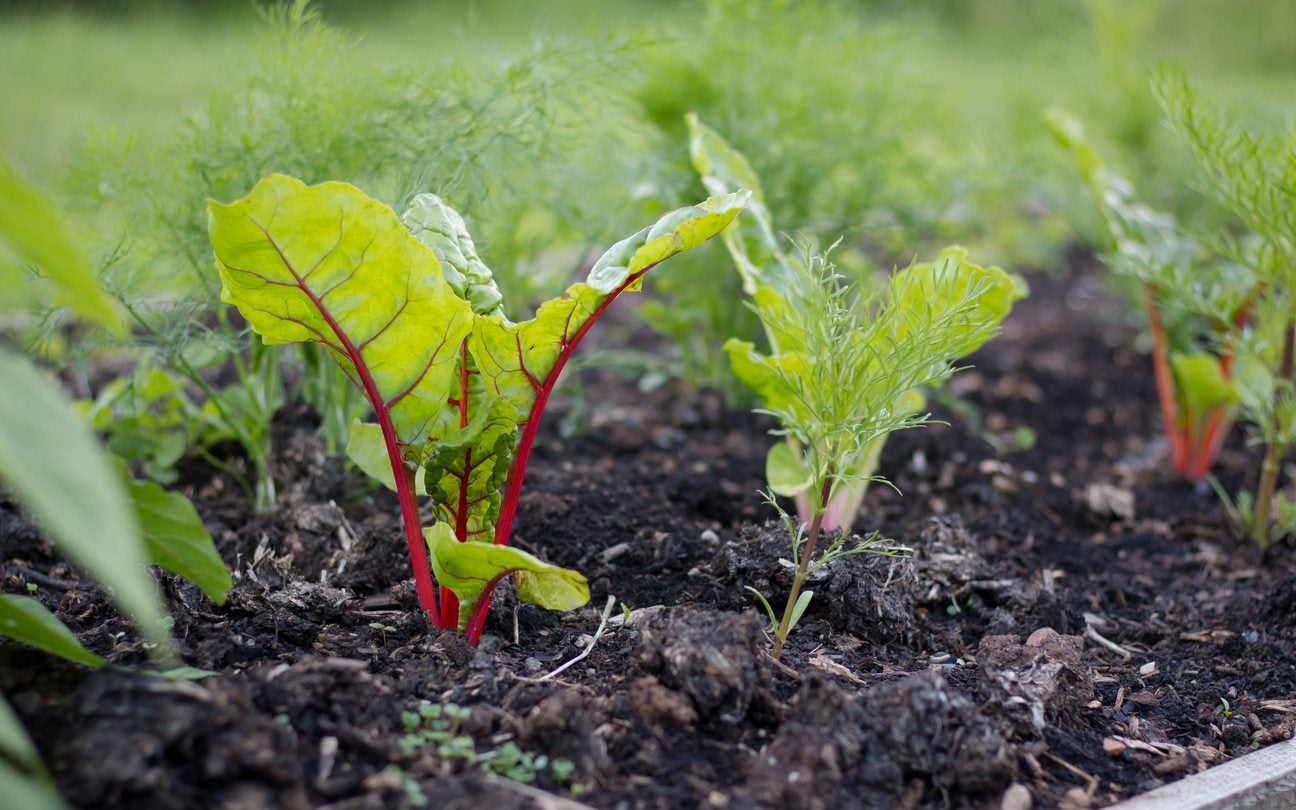 Swiss Chard Spring Planting: When To Plant Chard In Spring
Swiss Chard Spring Planting: When To Plant Chard In SpringSwiss chard can be planted early in spring or midsummer. Chard in summer can bolt and get bitter, though, so Swiss chard spring planting is one of the better times to sow and harvest this healthy, delicious plant. Learn more about spring planting chard here.
By Bonnie L. Grant
-
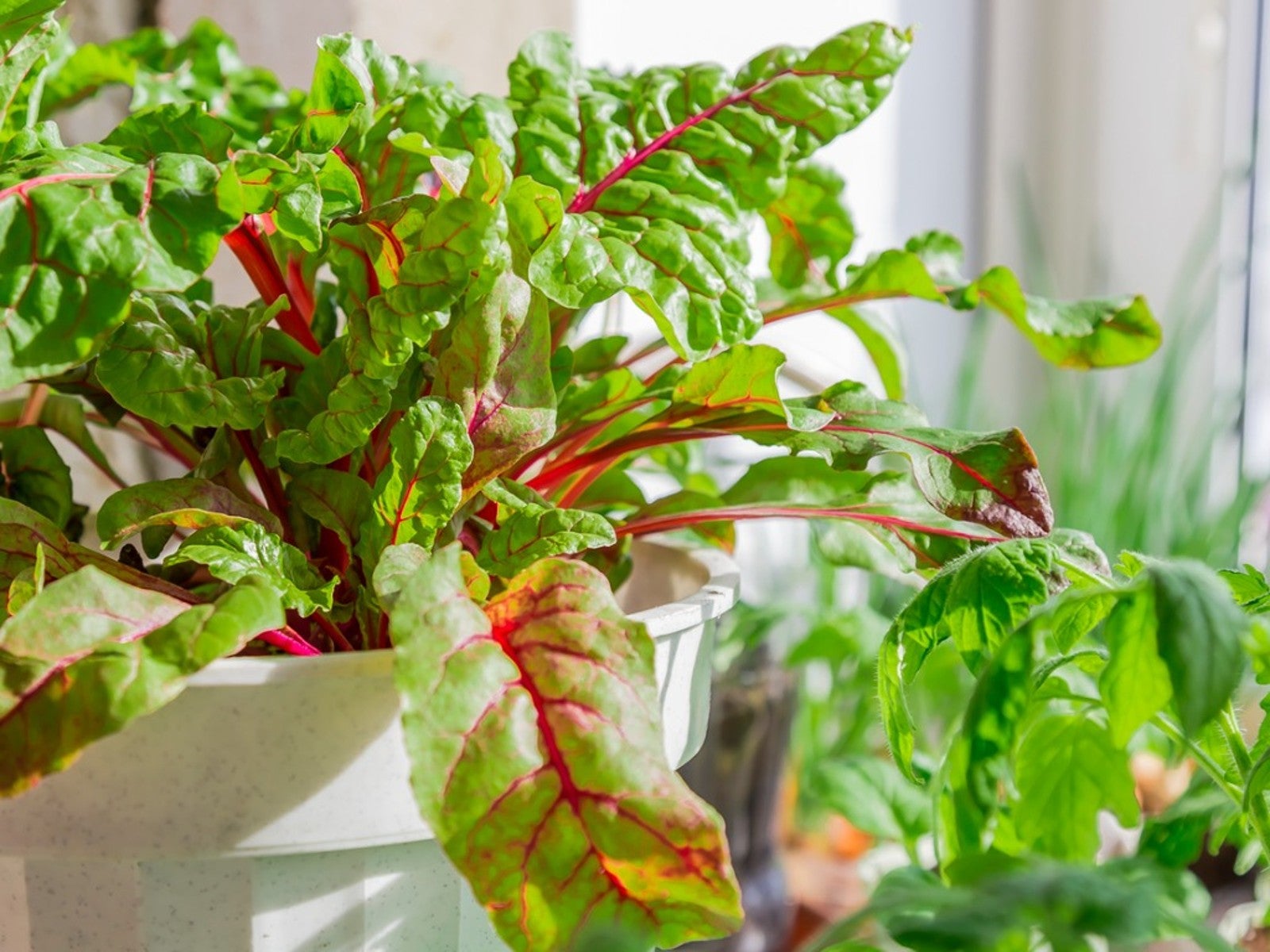 Swiss Chard Care In Pots – How To Grow Swiss Chard In Containers
Swiss Chard Care In Pots – How To Grow Swiss Chard In ContainersSwiss chard is not only delicious and nutritious but is also ornamental. As such, planting Swiss chard in containers does double duty; it provides a showy backdrop for other plants and flowers and makes for easy picking. Click here to find out how to grow Swiss chard in containers.
By Amy Grant
-
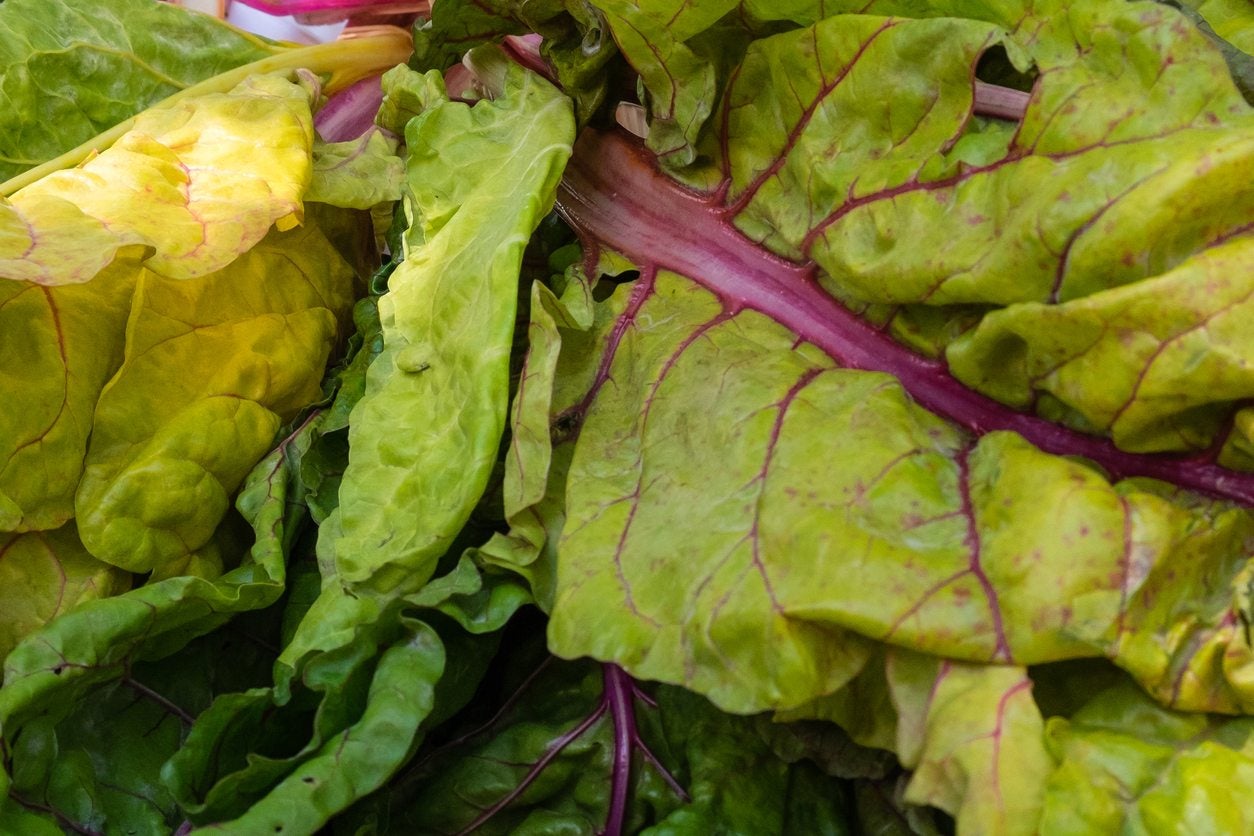 Trouble With Swiss Chard: Common Swiss Chard Diseases And Pests
Trouble With Swiss Chard: Common Swiss Chard Diseases And PestsSwiss chard is generally a trouble-free veggie, but this cousin to the beet plant can sometimes fall prey to certain pests and diseases. Click here to learn about common problems with Swiss chard, and explore solutions to save the plant.
By Mary H. Dyer